Ukrainian farming family comes to Charles City
By Kelly Terpstra, kterpstra@charlescitypress.com
Arable, flat land spans as far as you can see in central Ukraine. The former Soviet Republic’s rich, black topsoil rivals that of anywhere in the world.
Charles City’s Erwin Johnson visited there in 2013 as part of a farm trip to experience the agricultural transformation the once-communist nation of Ukraine was undergoing.
That curiosity is also what led a group of five Ukrainians to return the visit recently to check out Iowa farming.
Johnson farms about 1,400 acres west of Charles City, and he took the 2013 trip along with William H. Meyers, a professor of agricultural and applied economics at the University of Missouri, and a former professor at Iowa State.
“The goal was to see how competitive they are to us,” said Johnson.
What they found was a Central Ukraine flourishing with tremendous yields from its vast array of crops.
“The cornfield seemed like it went forever. The corn was over my head. It was like what we expect our corn to be,” said Johnson. “I could have just turned around, got on the airplane and flew home. I found out what I needed to know.”
But they stuck around, got to know some of the people in the area and built connections.
Those connections paid off when the Gorobets family from Hlobyne, Poltava Oblast, a province in central Ukraine, started a tour in America a week ago. They visited Johnson’s farm on Monday.
The Gorobets family runs FE Astra, a farm that started out with 125 acres almost 20 years ago and now, with state-of-the-art technology, cranks out large-scale crop production on 5,600 acres.
Meyers said there are conglomerate Ukrainian farm operations that harvest as many as one or two million acres a year, but he was drawn to the Gorobets’ operation.
“It’s so much like an American family farm,” said Meyers.
The Gorobets’ intent for their trip to the United States was to share information, techniques and technology, like the high-tech equipment from Ag Leader that FE (Farm Enterprise) Astra uses to increase production and lower costs using yield data, GPS compasses and software mapping, along with automated steering on tractors.
“Basically we are living in the open world. We share information easily. All of these IT systems and stuff — we use it. U.S. farmers use it,” said Roman Gorobets, who graduated from the University of Suffolk in Boston and is the deputy head and chief financial officer of FE Astra.
Roman Gorobets and his brother, Andrii, the chief operations officer, run the business along with their father and mother, Ivan and Oksana Gorobets, the farm founders. Ivan is CEO of FE Astra. Roman’s wife, Marharyta, is a journalist for the company, information officer and helps with company marketing.
The five of them made the trip to the U.S.
Roman said his wife, who was making her first visit to the United States, didn’t realize how similar American farms are to her own family’s farm.
“Because we are unlike Ukrainian farmers,” Roman laughed.
The Gorobets started their American journey through the Midwest in Chicago and then it was off to St. Louis. Roman gave a presentation at the University of Missouri about the vision and development of his farm under a rapidly changing market and policy conditions.
“The main stuff we are getting right now, speaking to farmers, is mostly about learning operations and learning how to make it more efficient to reduce the number of employees,” said Roman.
Johnson said the area where the Gorobets farm receives half as much rain as Iowa does on average. Latitude-wise, Hlobyne is parallel to where Winnipeg, Manitoba, sits on the map in Canada.
Johnson also said the Ukraine government currently has a moratorium that will not allow people to sell and buy arable land. So that means farms like AE Astra have to rent land from about 350 different people.
Roman said his family owns about 25 percent of the land they farm and that 90 percent of the land in Ukraine is rented out. The Ukraine government started to distribute land back to its rightful owners in 1999. That was eight years after the collapse of the Soviet Union and Ukraine being able to break away.
“My own perception is the whole business model of the Soviet Union has been wrong. If it didn’t collapse in the ’90s, it would collapse in 2000s, just because of the inefficient and sort of broken business model,” said Roman. “Please show me developed closed countries — none.”
Even with more opportunities available in the last 25 years, there are hurdles to jump with restrictions that are still implemented in the Gorobets’ home country.
“In Ukraine, financial system is way more undeveloped than here in the United States,” said Roman. “In Ukraine, we don’t have an open market for arable land like here in the United States.”
Roman said when his father first came to the United States in 2004 to visit, they had roughly 1,000 acres of arable land. Ivan and Oksana first worked for a state-owned collective farm before expanding.
“He was a little bit afraid of expansion. He understood that U.S. farmers can easily operate a couple thousands of acres of land,” Roman said.
When Ivan went back to Ukraine he felt the need to diversify, buying more land and equipment. That’s not as easy as it sounds as interest rates for loans are extremely high and cash is needed to make large transactions in Ukraine.
That didn’t stop Ivan from plowing ahead and taking chances to become bigger and better.
“For him it was like a breakthrough,” said Roman. “He became to be more open-minded and just came out of shell — more confident for sure.”
On this visit the Gorobets also stopped in Ames and Iowa State University, where Meyers was a professor from 1979 to 2003. There the Gorobets toured Ag Leader and its headquarters. Ag Leader is the manufacturer of some of the technology that has become commonplace in the last 20 years among many farms across the world.
The Gorobets visited Des Moines and also toured Valero, the Floyd County company that creates ethanol out of corn.
One thing the Gorobets would like to take back to Ukraine is the attitude of American farmers.
“I see people that working hard and I want our workers to be like these guys,” said Marharyta, who, like her brother-in-law, Andrii, speaks English. Ivan and Oksana do not, while Roman is the most fluent.
“In Ukraine, it’s a young country, independent country,” said Roman.
“If you don’t want to see changes, you’ll never see them,” said Andrii.

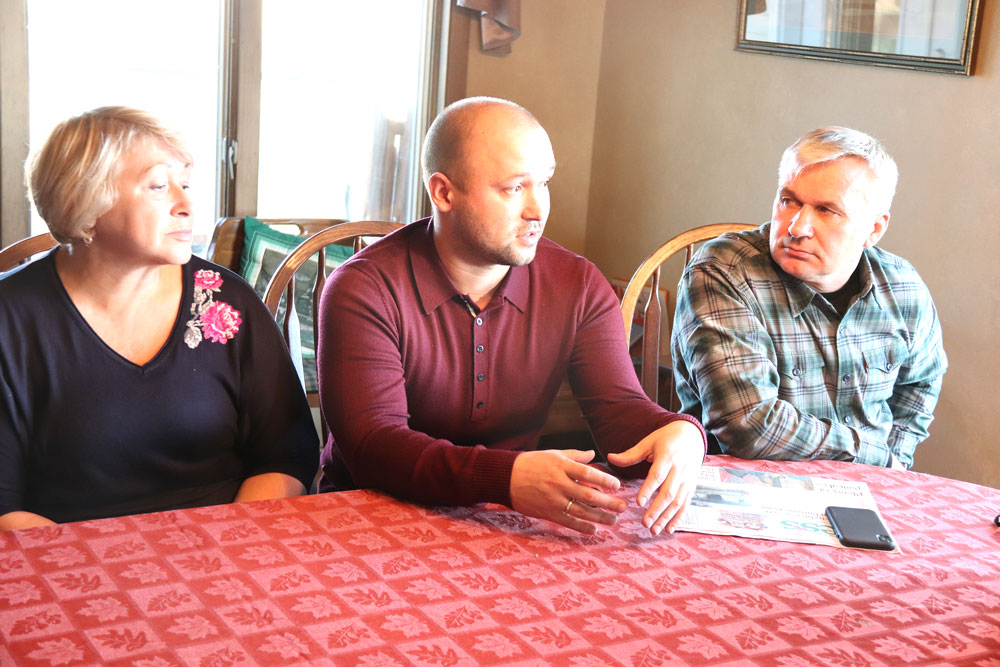
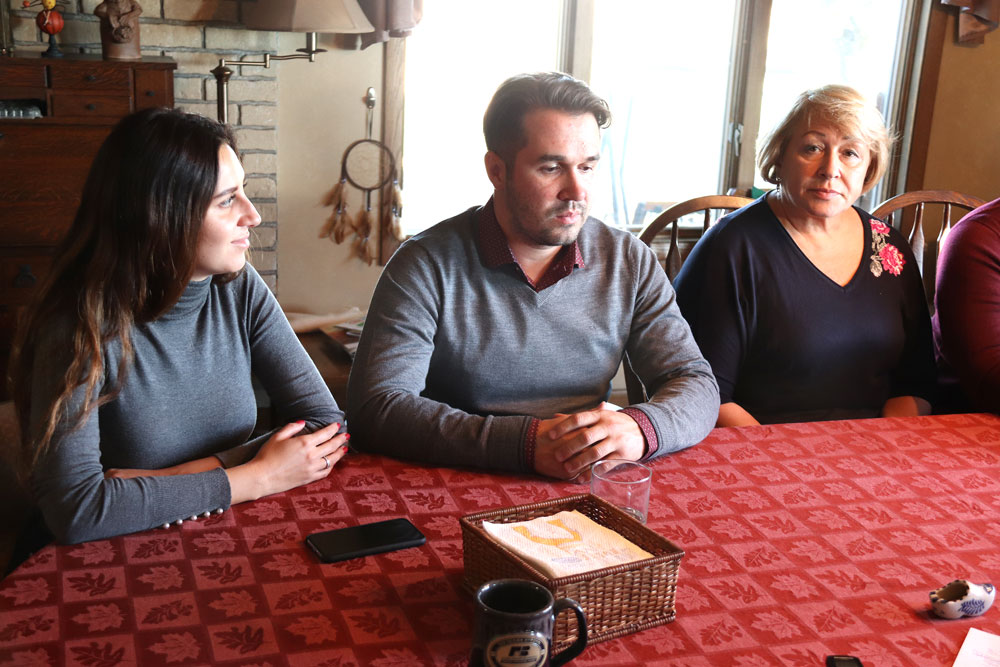
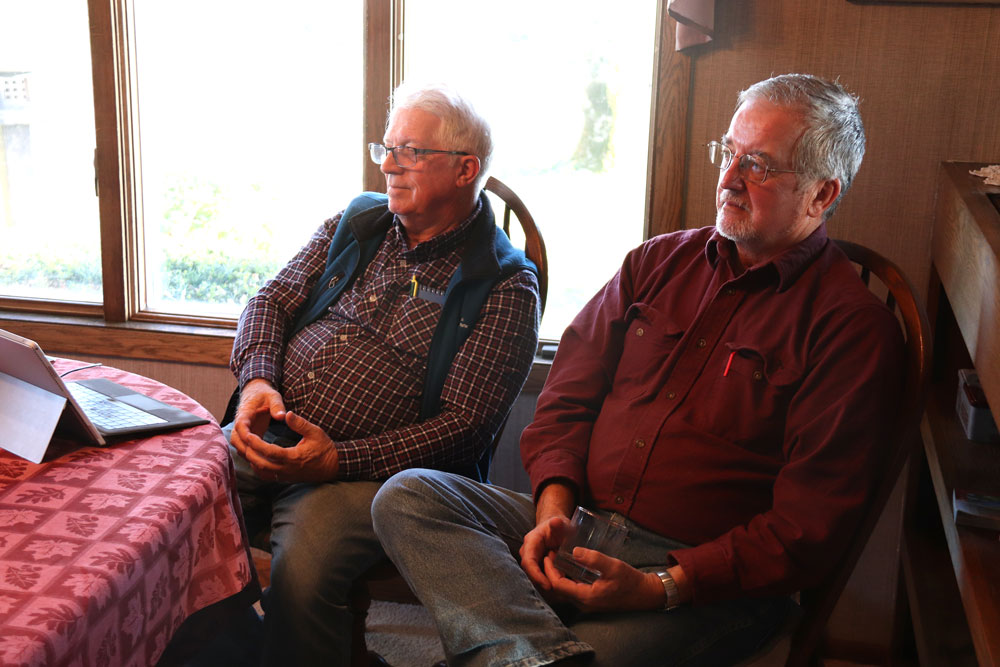
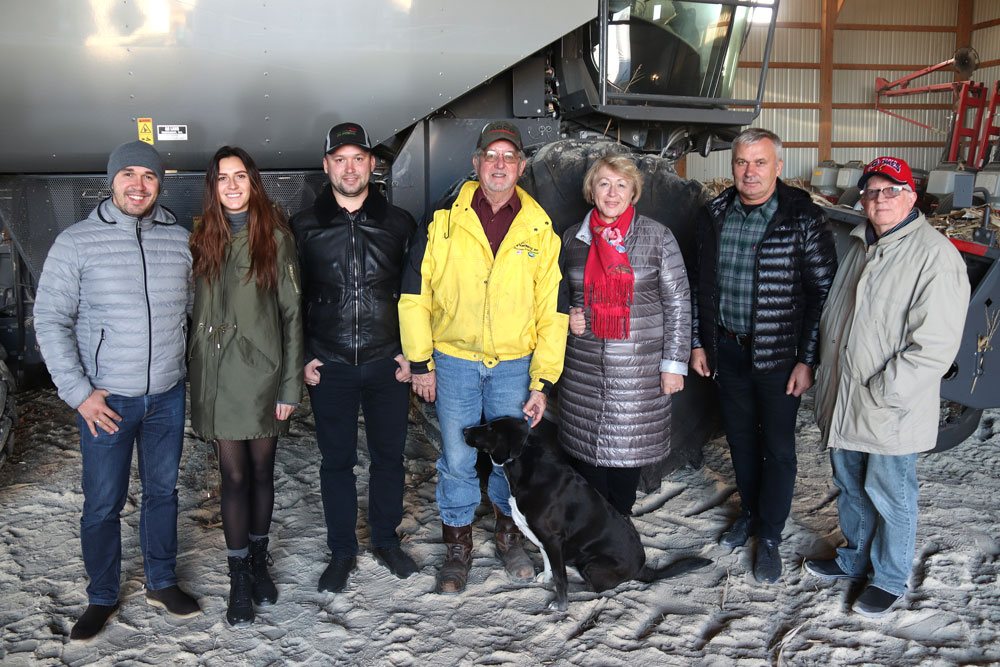
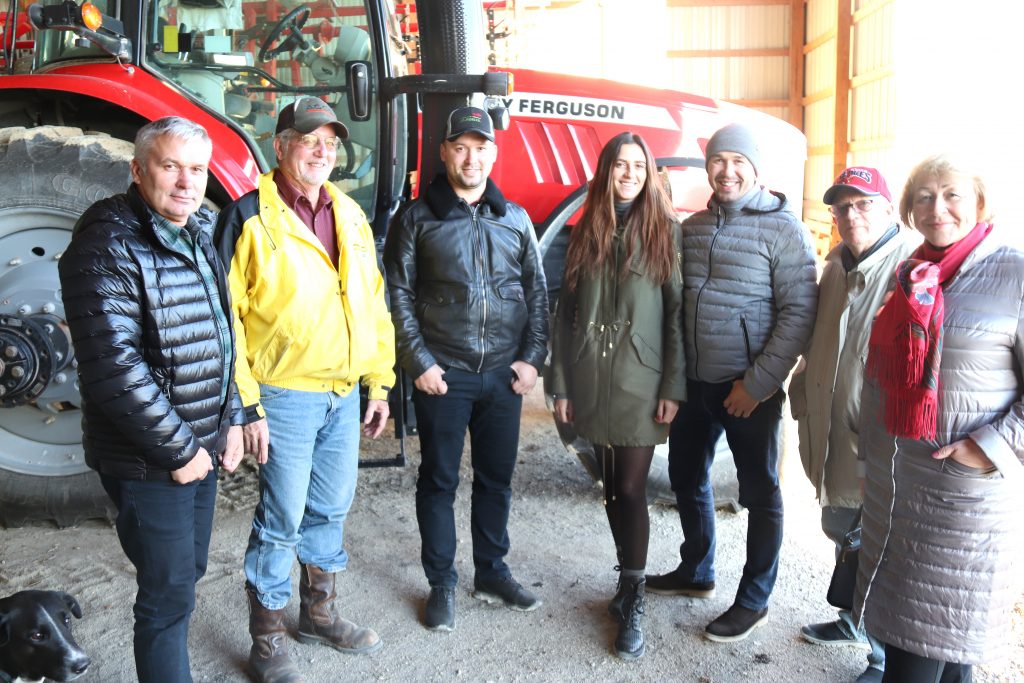
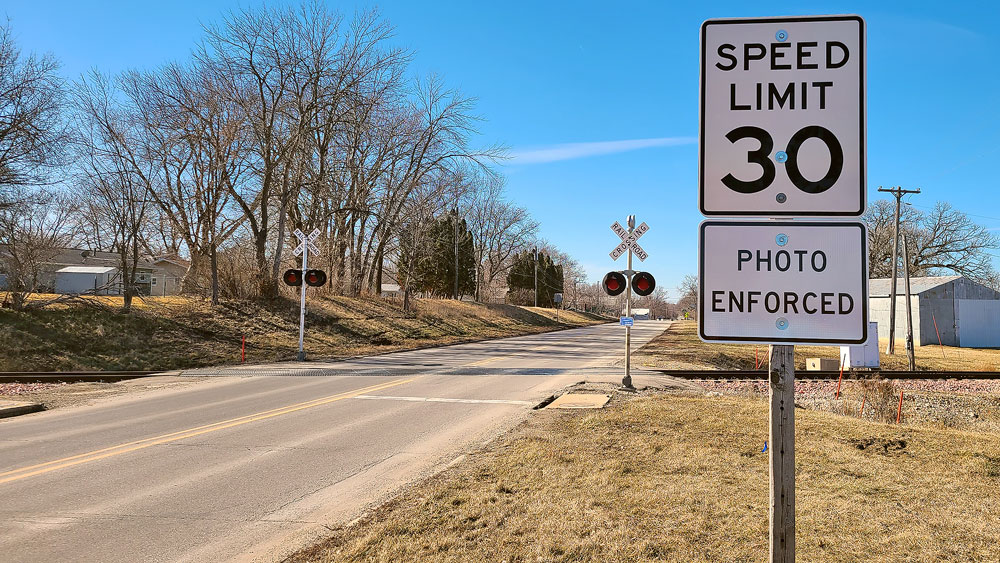
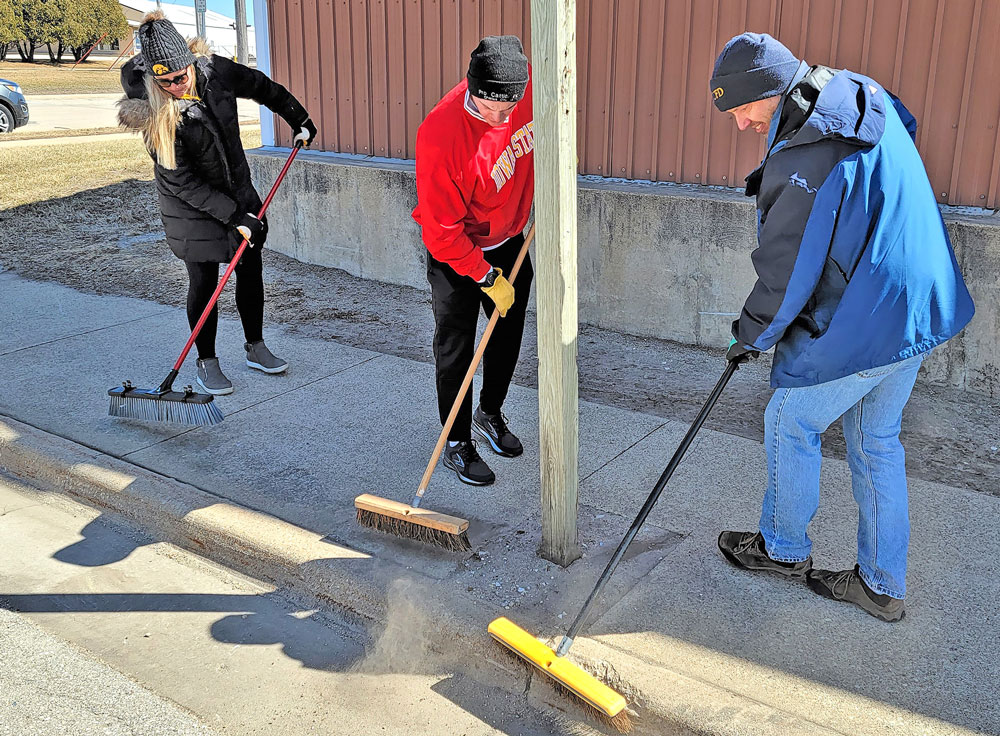


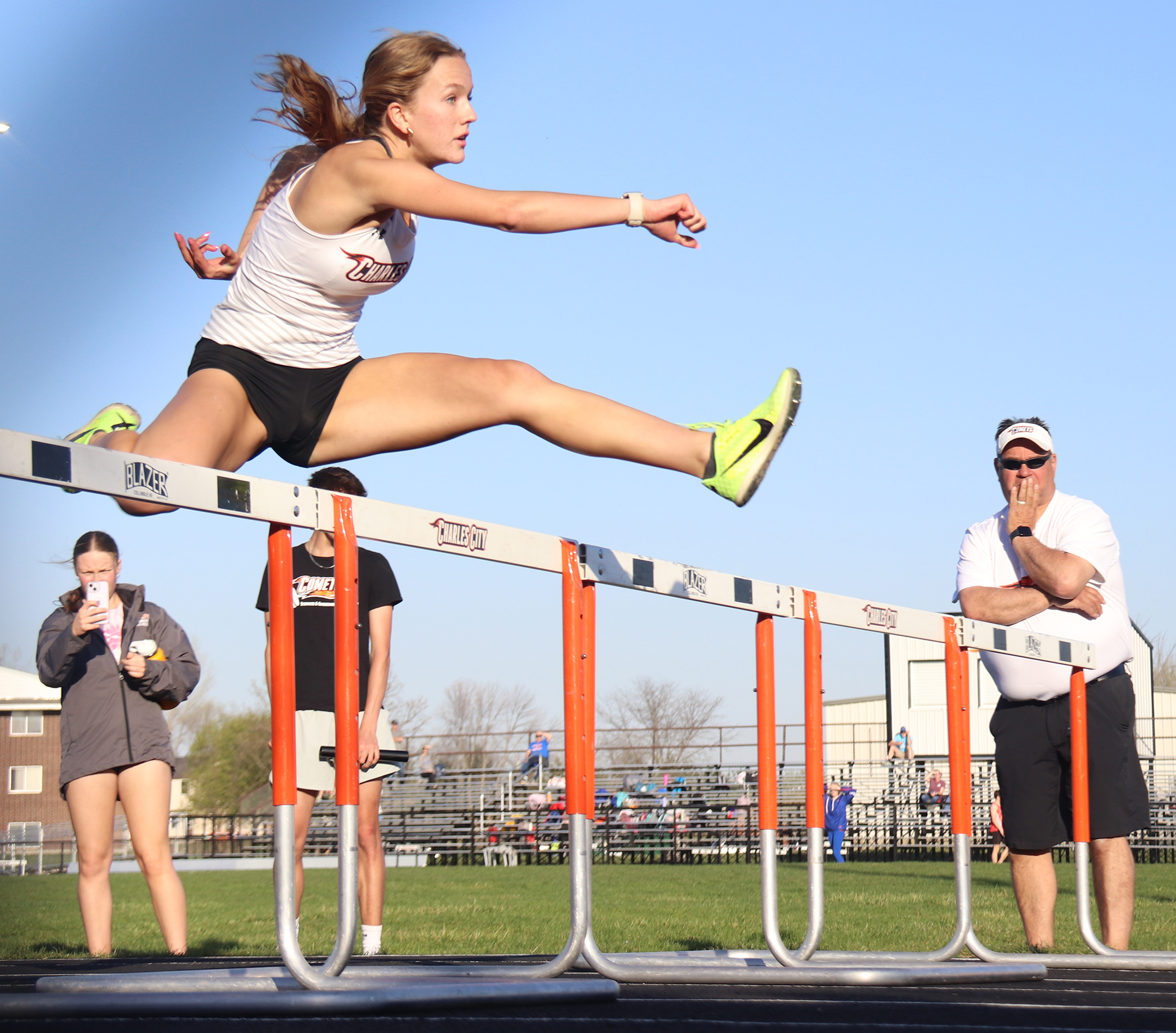


Social Share